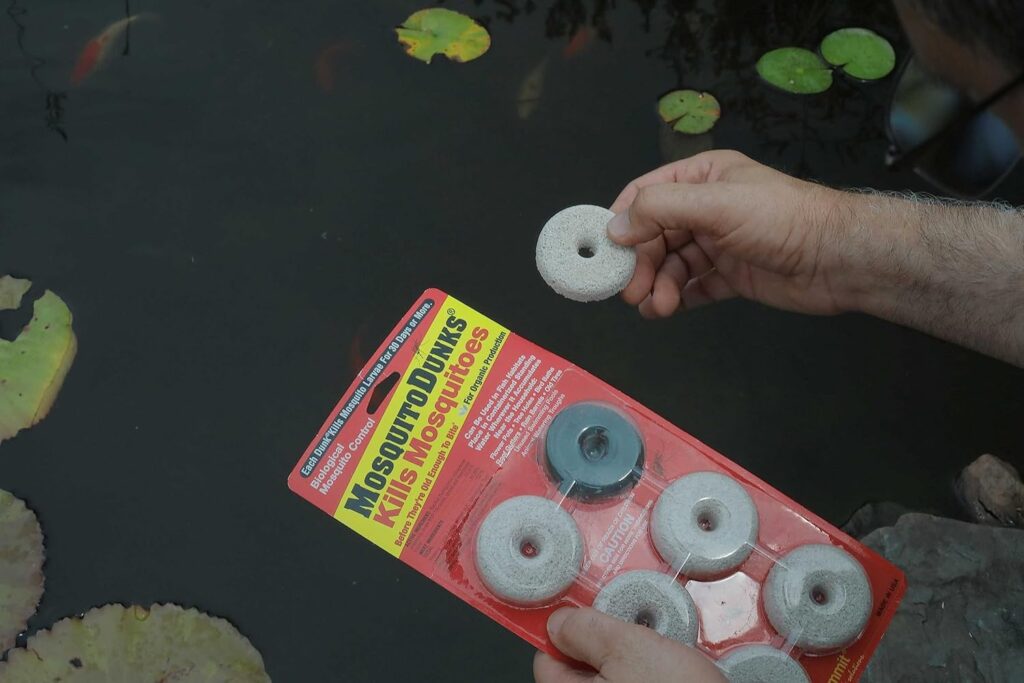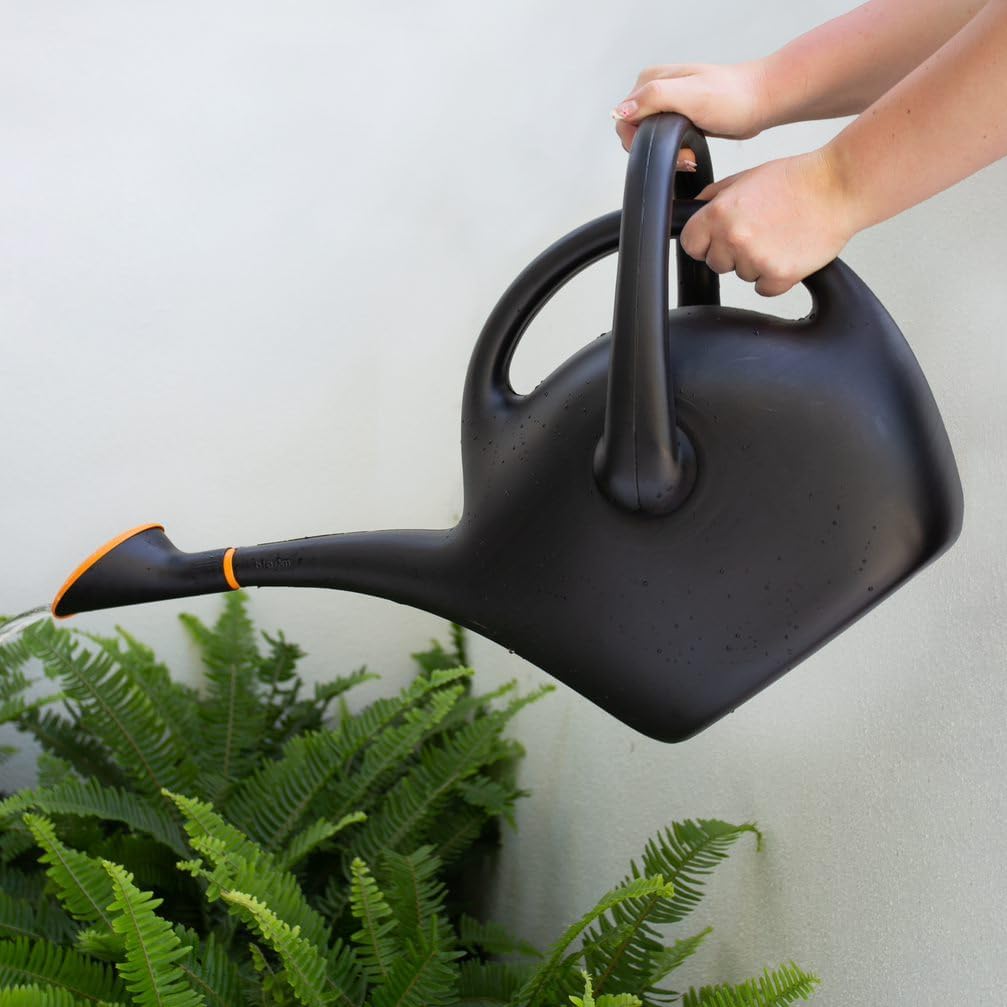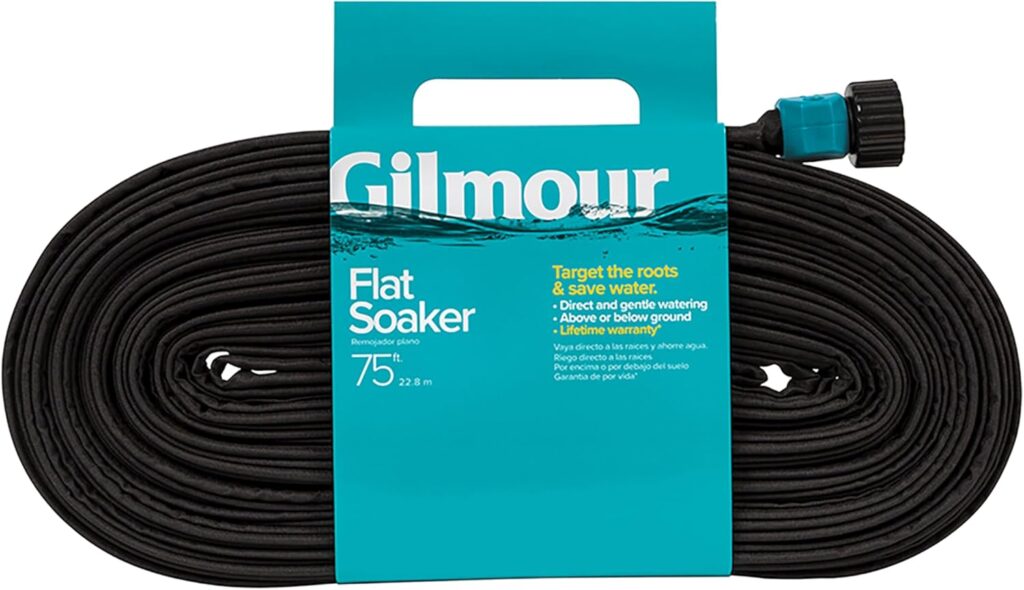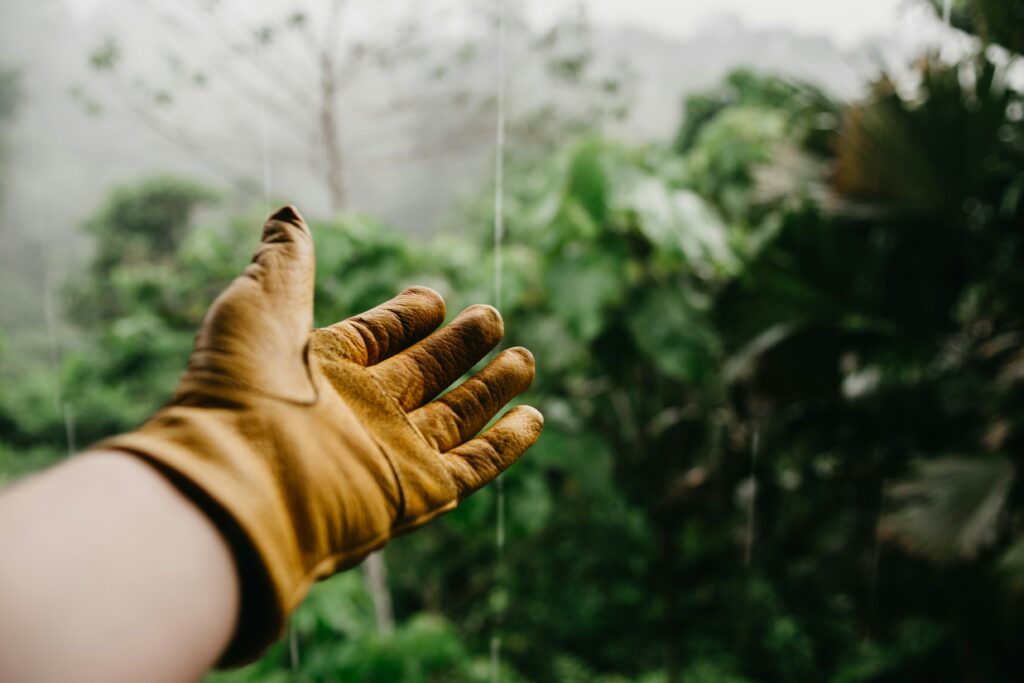Collecting rainwater for garden irrigation is a simple yet impactful way to conserve resources, lower your water bill, and keep your plants thriving. By harnessing the natural rainfall, you’re not only reducing your dependence on municipal water supplies but also ensuring your garden gets soft, chemical-free water that’s perfect for growth. This comprehensive guide will walk you through everything you need to know about rainwater harvesting for garden irrigation.
As an Amazon Associate, I may earn a commission – at no extra cost to you, from qualifying purchases.
Why Collect Rainwater for Your Garden?
Before diving into the how-to, it’s essential to understand why collecting rainwater is such a great choice:
- Eco-Friendly: Reduces demand on local water resources and minimizes runoff that can lead to soil erosion.
- Cost-Effective: Saves money on water bills, especially in areas with high water rates or restrictions.
- Beneficial for Plants: Rainwater is free of chlorine, fluoride, and other chemicals found in tap water.
- Resilience During Drought: Provides a backup water source during dry spells.
Step 1: Assess Your Rainwater Needs
Start by determining how much water your garden requires. Consider:
- The size of your garden: Larger gardens will need more water.
- Plant types: Vegetables and flowers typically need more water than native or drought-resistant plants.
- Rainfall in your area: Check historical rainfall data to estimate how much rain you can collect.
Step 2: Choose a Rainwater Collection Method
There are several ways to collect and store rainwater for your garden. The best option depends on your space, budget, and preferences.
1. Rain Barrels
Rain barrels are one of the easiest and most popular methods for small to medium-sized gardens. They collect water from your roof via your gutter system.
What You’ll Need:
- A rain barrel with a spigot
- A downspout diverter
- A mesh screen or lid to keep debris and mosquitoes out
Recommended product:
- RTS Home Accents 50-Gallon Rain Barrel
This highly-rated barrel is durable, includes a spigot, and has a flat back for easy placement against walls. It’s available on Amazon and it’s perfect for beginners.
2. Large-Scale Tanks or Cisterns
If you have a larger garden or want a more extensive system, consider a tank or cistern. These can hold hundreds to thousands of gallons of water.
Recommended product:
- Norwesco 550-Gallon Water Tank
A durable option for those looking to collect significant amounts of water. Available on Amazon.
3. DIY Collection Systems
For a budget-friendly option, you can build your own rainwater collection system using a trash can, plastic drum, or similar container.
Step 3: Install Your Rainwater Collection System
Step-by-Step Guide for a Rain Barrel:
- Select a Location: Place your rain barrel under a downspout for maximum water collection.
- Prepare the Downspout: Attach a diverter to direct water into your barrel. This prevents overflow during heavy rains.
- Install a Screen: Use a fine mesh screen over the barrel opening to filter out leaves and debris while keeping mosquitoes away.
- Elevate the Barrel: Raise the barrel on cinder blocks or a stand to improve water flow from the spigot.
Tips for Larger Systems:
- Choose a spot with stable ground and good drainage.
- Use a first-flush diverter to filter out debris and contaminants from the first runoff.
Step 4: Maintain Your Rainwater Collection System
Regular maintenance ensures your system functions efficiently and your water stays clean.
1. Clean the Barrel or Tank
Every few months, rinse out your rain barrel or tank to remove sludge and algae. Use a brush to scrub the interior if needed.
2. Inspect for Damage
Check for cracks, leaks, or clogs in the barrel, spigot, and downspout diverter.
3. Prevent Mosquitoes
Keep the lid or mesh screen securely in place to prevent mosquito breeding. You can also add a mosquito dunk or tablet if necessary.
Recommended product:
- Summit Mosquito Dunks
Safe for gardens, these highly-rated tablets are available here on Amazon and kill mosquito larvae without harming plants.

Step 5: Distribute Rainwater in Your Garden
Once you’ve collected rainwater, the next step is to distribute it efficiently to your plants.
1. Use a Watering Can
For small gardens, a simple watering can is often all you need. Fill it from your rain barrel and water directly at the base of your plants.
Recommended product:
- Bloem Easy Pour Watering Can
With a two-handled design for better control, this watering can is an Amazon favorite.

2. Attach a Soaker Hose
Soaker hoses are porous tubes that slowly release water directly to the soil. Connect one to your rain barrel spigot for efficient watering.
Recommended product:
- Gilmour Flat Weeper Soaker Hose
This highly-rated soaker hose is perfect for evenly distributing water and is available here on Amazon .

3. Install a Drip Irrigation System
Drip systems are ideal for larger gardens or vegetable beds. They deliver water directly to plant roots, reducing waste.
Recommended product:
- Raindrip Automatic Drip Irrigation Kit
This kit is compatible with rain barrels and includes everything you need for a simple drip system. It’s ideal for any level gardener and is easy to install in 3 steps. You can get it here on Amazon.
Step 6: Maximize Rainwater Collection
To collect the most rainwater possible, consider these tips:
1. Increase Roof Surface Area
The larger your roof, the more water you can collect. If possible, direct downspouts from multiple roof areas to your collection system.
2. Connect Multiple Barrels
Link multiple rain barrels together with a connector kit to expand your storage capacity.
Recommended product:
- EarthMinded Rain Barrel Linking Kit
This kit allows you to connect barrels for increased capacity and is a top-rated option on Amazon.
3. Use a Rainwater Calculator
Estimate how much rainwater you can collect by using a rainwater harvesting calculator. For example:
- 1 inch of rain on a 1,000-square-foot roof can yield about 600 gallons of water.
Step 7: Keep Your System Compliant with Local Laws
Rainwater harvesting regulations vary by location. While it’s legal in most areas, some states have restrictions on the amount of rainwater you can collect. Check with your local government or water authority to ensure your system is compliant.
Step 8: Troubleshooting Common Issues
Problem: Overflow During Heavy Rains
- Solution: Add an overflow pipe to divert excess water to a drainage area or secondary barrel.
Problem: Algae Growth
- Solution: Keep your barrel covered and out of direct sunlight. Add a small amount of hydrogen peroxide if algae persist.
Problem: Poor Water Pressure
- Solution: Elevate your barrel higher or use a pump to increase pressure.
Recommended product:
- RainFlo Rain Barrel Pump System
A reliable option to boost water pressure for irrigation, available on Amazon.
Benefits Beyond the Garden
Rainwater collection isn’t just good for your plants; it also contributes to broader environmental benefits:
- Reduces Stormwater Runoff: Less water runoff means fewer pollutants entering local waterways.
- Promotes Sustainability: Reduces demand on municipal water supplies and infrastructure.
- Enhances Soil Health: Soft rainwater prevents soil compaction and chemical buildup.
Conclusion
Learning how to collect rainwater for garden irrigation is an empowering step toward sustainable gardening. By following these steps, choosing the right products, and maintaining your system, you’ll enjoy a thriving garden while conserving water and protecting the environment.
Start small with a single rain barrel or go big with a tank or drip irrigation system. Either way, your garden—and the planet—will thank you!

